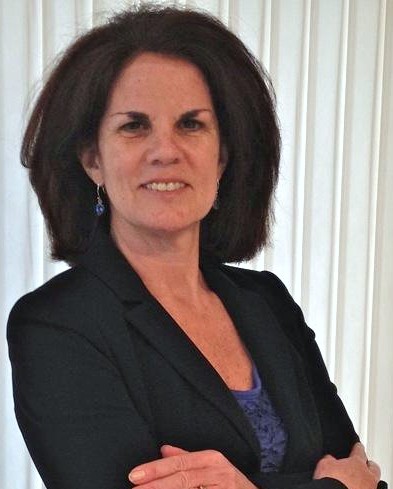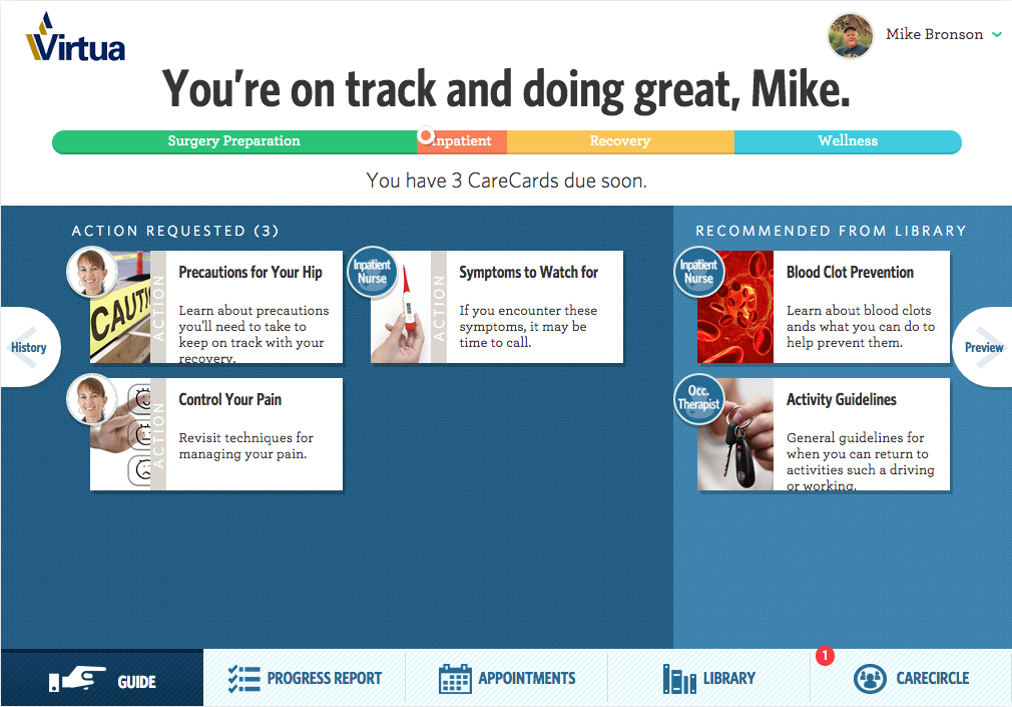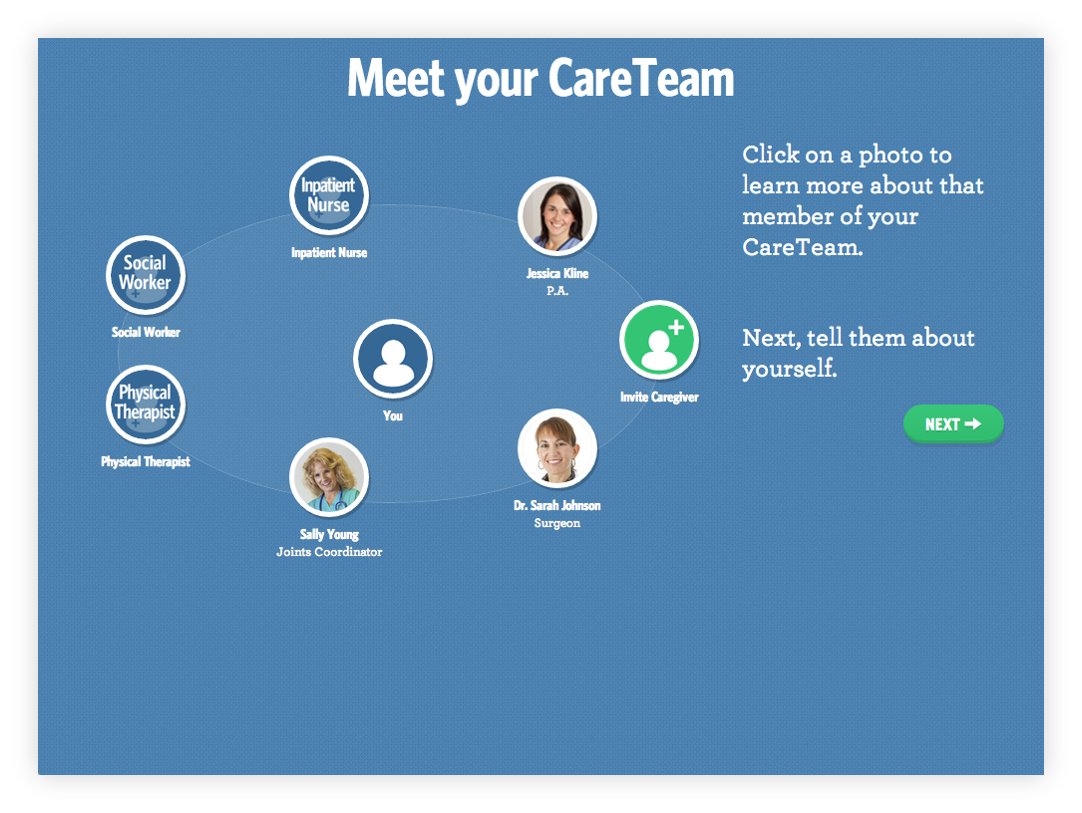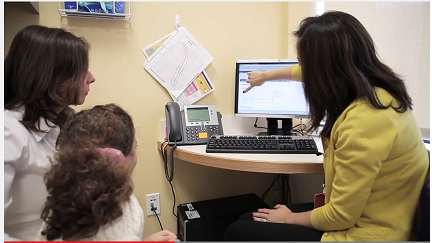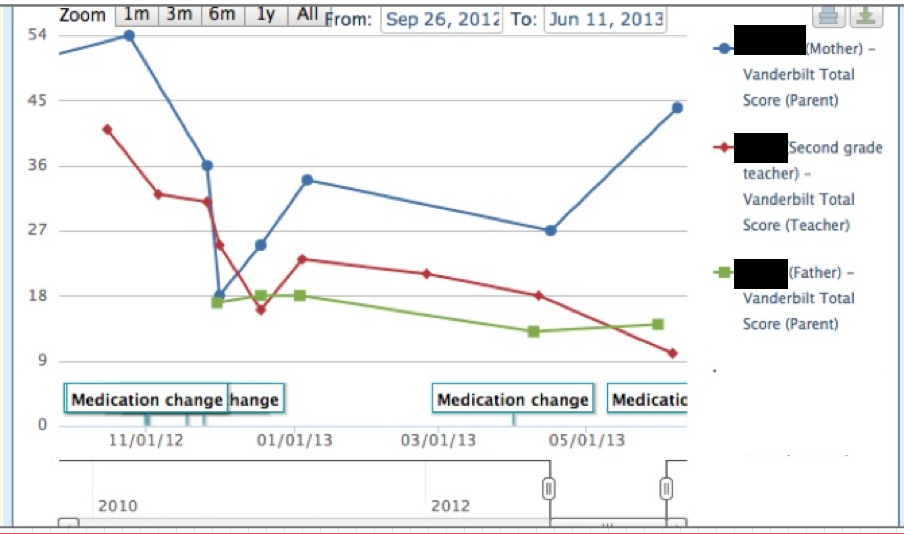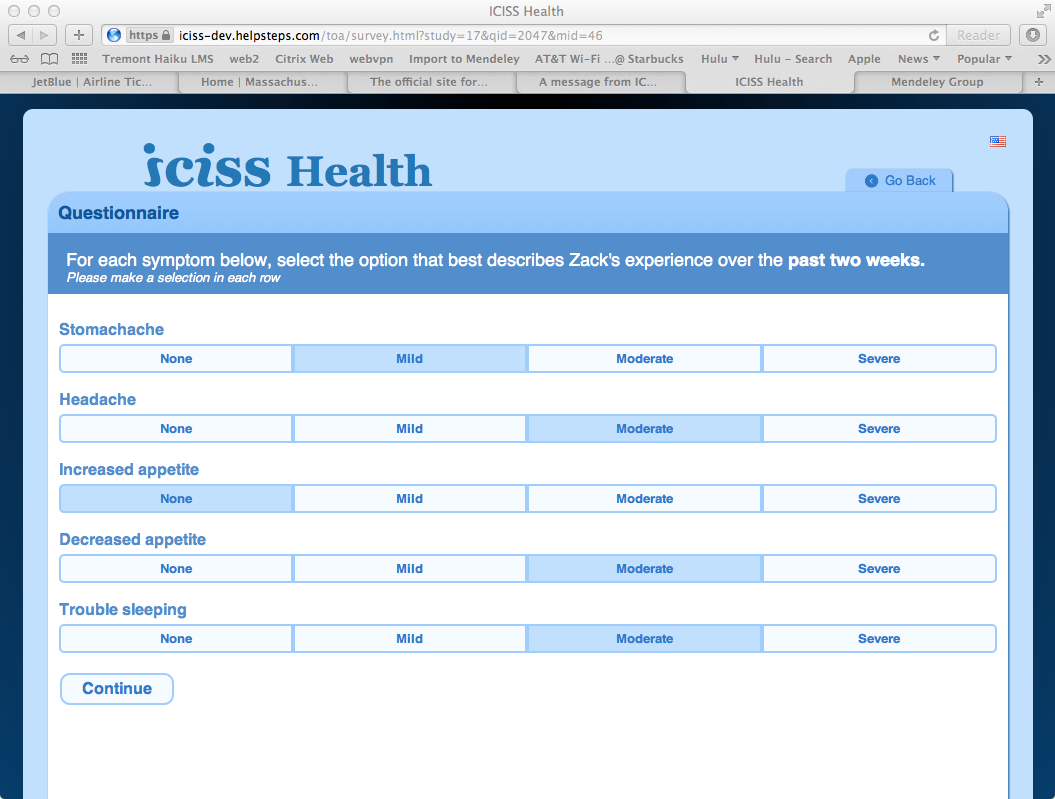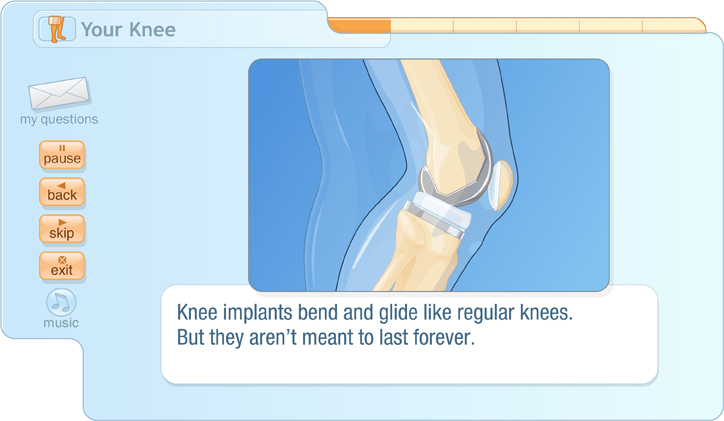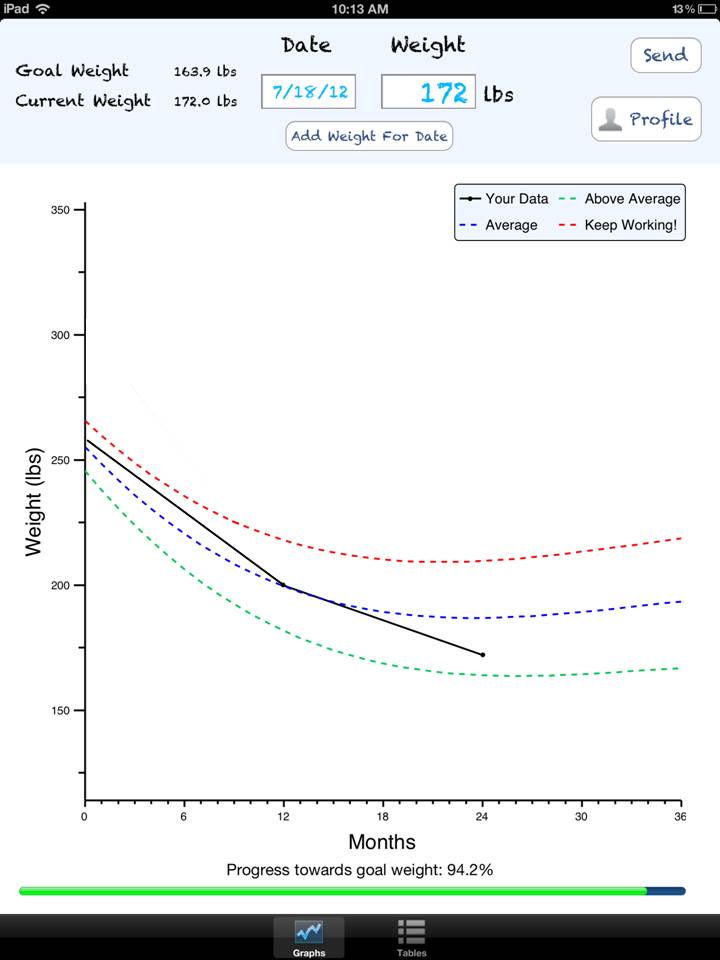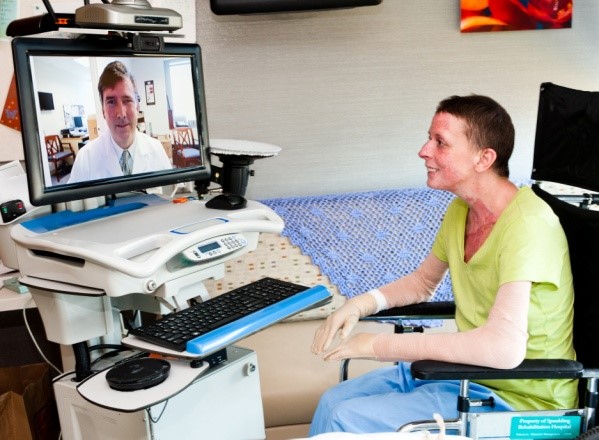 MGH TeleBurns TodayMassachusetts General Hospital (MGH) and parent organization Partners HealthCare have a long history in telemedicine and innovation. In 1967, Drs. Ken Bird and Jay Sanders were early pioneers in telemedicine, providing care to patients at Boston’s Logan Airport. The innovation continued in 1995 when Dr. Joe Kvedar founded the Partners Center for Connected Health (CCH). In 2001, Dr. Lee Schwamm launched the Partners TeleStroke Program, through which MGH and Brigham and Women's Hospital provide 24/7 TeleStroke care to 30+ community hospitals in New England. The program also enables other US hospitals to deliver TeleStroke services.
MGH TeleBurns TodayMassachusetts General Hospital (MGH) and parent organization Partners HealthCare have a long history in telemedicine and innovation. In 1967, Drs. Ken Bird and Jay Sanders were early pioneers in telemedicine, providing care to patients at Boston’s Logan Airport. The innovation continued in 1995 when Dr. Joe Kvedar founded the Partners Center for Connected Health (CCH). In 2001, Dr. Lee Schwamm launched the Partners TeleStroke Program, through which MGH and Brigham and Women's Hospital provide 24/7 TeleStroke care to 30+ community hospitals in New England. The program also enables other US hospitals to deliver TeleStroke services.
In 2011, MGH launched a small startup within the organization’s walls, a hospital-wide initiative called Massachusetts General Hospital TeleHealth. Building on the TeleStroke Program success and in partnership with CCH, the team is focused on achieving the goals of better, accountable, and affordable care for individual patients and populations using technology. The program enables clinicians across multiple specialties to provide high-quality, coordinated care to patients and families using familiar technology; phone, video, text, email, mobile apps and remote monitoring.
MGH has successfully embedded telehealth into patient care in several specialty areas and believes telehealth to be a mode of care delivery to help achieve the triple aim. While 21 states and the District of Columbia have laws mandating telehealth coverage under health insurance plans, Massachusetts is not among them. Given the lack of payer reimbursement, MGH is committed to paying its clinicians to provide telehealth services to patients. However, for MGH and others to expand telehealth services, universal mechanisms for funding healthcare need to align to new models of healthcare delivery.
MGH TELEHEALTH JOURNEY
“In our early days, we were willing to try most anything, and have learned a lot through trial and error and close partnership with clinicians across the institution,” says Sarah Sossong, Director of the Mass General TeleHealth program.
Building off the TeleStroke model, clinicians in Pediatrics, the Burn Center, and the Brain Tumor Program now offer emergency consults to clinicians treating patients in community hospitals. Cardiac ICU attending physicians use a robot to virtually round on patients. Multidisciplinary teams in the MGH Cancer Center conduct virtual case conferences with community hospitals. Specialists in cardiology, dermatology, and neurology provide virtual curbside consults to MGH PCPs to facilitate timely and comprehensive medical advice. “By fostering innovation in multiple areas, our goal is to identify the ‘sweet spots’ for telehealth,” Sossong explains.
The Mass General TeleHealth program continues to implement and expand virtual offerings. “Virtual visits” replace an in-person office visit using familiar technology like video and email on a smartphone, tablet, or computer. Since launching in spring 2013, 50+ clinicians across five divisions have conducted more than 1,200 video-enabled virtual visits with existing MGH patients in their homes and other settings.
TelePsychiatry
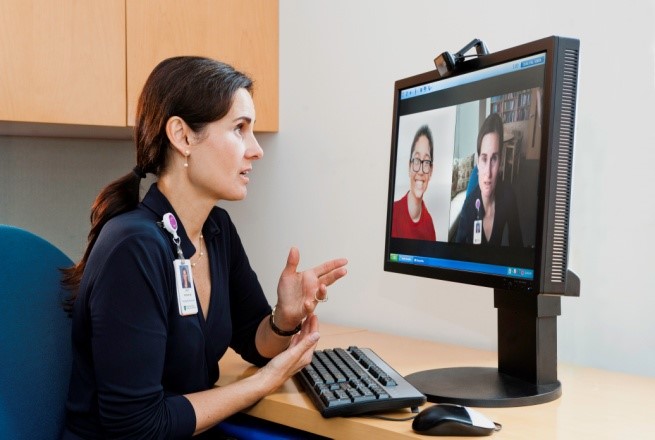 MGH TelePsychiatryMass General’s Department of Psychiatry was one of the first to launch video-enabled virtual visits to patients in the home, with a focus on children and adolescents with autism spectrum disorder under the clinical leadership of Dr. Janet Wozniak , associate director of the Bressler Program for Autism Spectrum Disorders at MGH and director of the Child and Adolescent Outpatient Psychiatry service. Dr. Wozniak calls virtual visits an “outstanding addition” to her clinical practice. Following autism pilot success, virtual visits rolled out with patients across 20+ disease conditions including depression, anxiety, and ADHD. “One surprising finding has been that patients who spoke very little during office visits have become more open and able to discuss their symptoms via video,” explains Wozniak.
MGH TelePsychiatryMass General’s Department of Psychiatry was one of the first to launch video-enabled virtual visits to patients in the home, with a focus on children and adolescents with autism spectrum disorder under the clinical leadership of Dr. Janet Wozniak , associate director of the Bressler Program for Autism Spectrum Disorders at MGH and director of the Child and Adolescent Outpatient Psychiatry service. Dr. Wozniak calls virtual visits an “outstanding addition” to her clinical practice. Following autism pilot success, virtual visits rolled out with patients across 20+ disease conditions including depression, anxiety, and ADHD. “One surprising finding has been that patients who spoke very little during office visits have become more open and able to discuss their symptoms via video,” explains Wozniak.
TeleNeurology
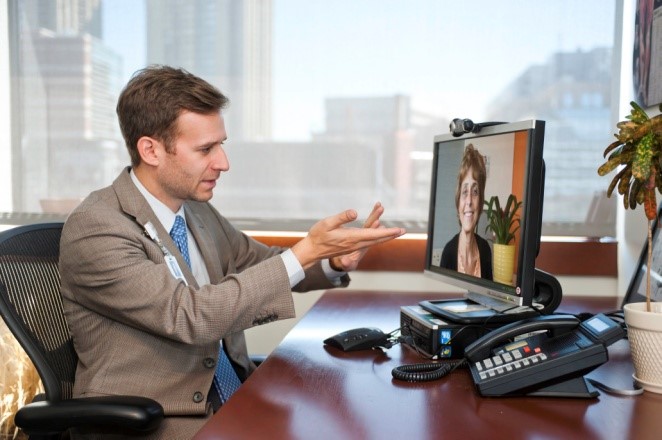 MGH TeleNeurologyMass General’s Department of Neurology has been an early adopter of virtual visits for patients with benign conditions like migraines, and others for which long-distance travel can be challenging (i.e. Lou Gehrig's disease, stroke, multiple sclerosis, muscle diseases, movement disorders, seizures).
MGH TeleNeurologyMass General’s Department of Neurology has been an early adopter of virtual visits for patients with benign conditions like migraines, and others for which long-distance travel can be challenging (i.e. Lou Gehrig's disease, stroke, multiple sclerosis, muscle diseases, movement disorders, seizures).
Dr. Adam Cohen, TeleNeurology and Neurology’s inpatient director, comments that “virtual visits allow us to see our patients from every corner of the state. The ease of virtual visits offers huge benefits to our patients who no longer have to trek into Boston and also for our patients who have difficulty traveling. Virtual visits also make it easier to check-in with our patients, often for just a few minutes.”
TeleCardiology
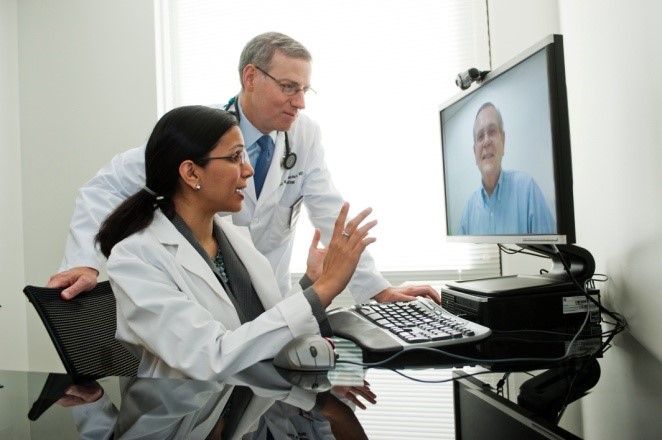 MGH TeleCardiologyDr. Stephanie Moore in Mass General’s Heart Center has been pioneer of telehealth through her work in remote monitoring for Heart Failure patients with CCH. Remote monitoring has become standard practice for many heart failure patients discharged home. Dr. Moore has incorporated virtual visits into patient care to facilitate patient education by her nursing team and is exploring how virtual visits can work with other virtual tools like remote monitoring.
MGH TeleCardiologyDr. Stephanie Moore in Mass General’s Heart Center has been pioneer of telehealth through her work in remote monitoring for Heart Failure patients with CCH. Remote monitoring has become standard practice for many heart failure patients discharged home. Dr. Moore has incorporated virtual visits into patient care to facilitate patient education by her nursing team and is exploring how virtual visits can work with other virtual tools like remote monitoring.
Dr. Ami Bhatt, a specialist in treating adult congenital heart disease, has found virtual visits enhance patient care. “My patients are busy and often live several hours away. A quick visit to review test results ends up being costly, and a call is not enough to explain results and educate patients to be their own advocates.” With virtual visits, Dr. Bhatt walks patients through their heart images and test results.
TeleBurns
At the MGH Burn Center, Dr. Shawn Fagan developed a successful program providing follow-up care to patients at Boston’s Spaulding Rehabilitation Hospital. The program has benefited many patients including Boston Marathon bombing survivors treated at MGH and subsequently treated at Spaulding. With Spaulding’s telemedicine nurse, the patient connects to the TeleBurns team with a virtual visit instead of a trip to MGH.
One patient shared that “staying in contact with Dr. Fagan from the convenience of Spaulding was huge. It was like talking to him face-to-face. He had the equipment to see me, make decisions and treat me.”
MGH TELEHEALTH SUCCESS EVALUTATION
Healthcare providers at MGH and elsewhere have shown that telehealth lowers costs when compared with traditional in-office visits. There is also a significant improvement in patient access to medical expertise, convenience, and care quality through collaborative care opportunities that otherwise would not exist in specific clinical case scenarios.
In the first few years, the MGH TeleHealth team worked on building and implementing scalable technology platforms and integration with existing clinical workflows. “The past year has been focused on feasibility and adoption by patients and clinicians, and feedback from both groups has been overwhelmingly positive. As we continue to expand the program, long-term sustainability is our top priority,” says Sossong.
Patient Experience & Satisfaction:
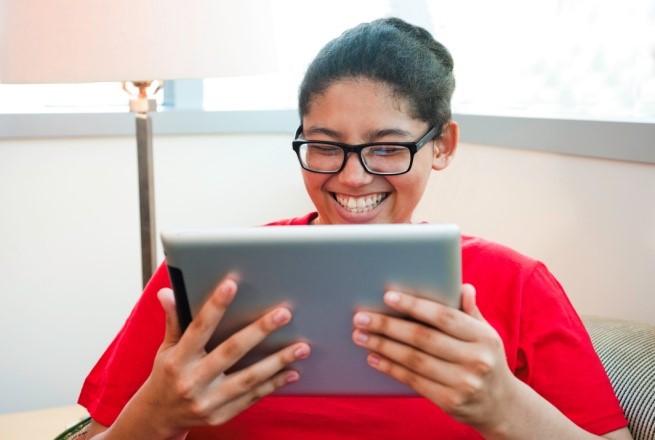 Overall, patient feedback about the telehealth experience has been very positive. The clinical team has learned that virtual visits are most successful with patients who have frequent touch points with the healthcare system or who are geographically distant.
Overall, patient feedback about the telehealth experience has been very positive. The clinical team has learned that virtual visits are most successful with patients who have frequent touch points with the healthcare system or who are geographically distant.
“The virtual visits have helped me save on gas, parking, and still achieve what we want to achieve”, shares one telehealth patient. With virtual visits, “I have my doctor in my living room, and I feel like we're a team.”
“Our early surveys show high rates of satisfaction and willingness to pay,” Sossong adds. “While there aren’t any national benchmarks for patient satisfaction with telehealth, we have patient feedback on virtual visits around quality, privacy, ease of use of the technology, and satisfaction (i.e. CAHPS). While it’s not an apples-to-apples comparison, initial patient feedback about the virtual visit experience in selected domains reflects higher satisfaction rates than in-person visits.”
Clinician and Department Experience:
Clinicians across multiple programs have also found that virtual visits allow them to stay focused on delivering patient -centered care.
Specialists providing follow-up care for patients discharged to Boston’s Spaulding Rehabilitation Hospital typically take the shuttle between MGH in Boston and Spaulding. By enabling MGH specialists to conduct virtual visits with patients at Spaulding, patients receive more timely clinical care, and specialists have additional time to see patients in clinic, instead of sitting on a shuttle.
One high-volume medical practice reported that patients receiving care through virtual visits were more likely to show up for their scheduled appointments, reducing the overall no-show rate for the department. The practice manager explains, “Like anything, it takes time to learn a new way of doing things, but we’re excited to see how virtual visits become incorporated into standard medical care as clinicians and patients become increasingly comfortable with the technology and processes”.
FUTURE TELEHEALTH DIRECTION
The MGH TeleHealth team is developing plans to expand the program in 2015. “In the coming year, our goal for video-enabled virtual visits is to more fully integrate them into the standard practice of care by deepening adoption in existing departments and expanding to new departments. In the future, there are a number of exciting possibilities,” says Sossong.
Multiple Modalities: “While there is tremendous value in interventions using a single technology, such as video-enabled virtual visits, I’m eager to explore how we can design a seamless, convenient, patient-friendly experience by putting all the pieces together. For example, a patient being treated by a psychiatrist for depression could have a treatment plan which includes using an app for tracking mood changes throughout the day, receiving text reminders about medication or an upcoming appointment, exchanging emails with the clinician about symptoms in between visits and conducting a video-enabled virtual visit for therapy, or checking in on medication symptoms. When it’s necessary to be ‘touched’ by the healthcare team, the patient can come into the office for an in-person office visit.”
Patient Education: “While our current work is focused on everything that goes into making the video-enabled virtual visit happen, there’s interest in exploring related educational tools for patients as well. For example, a recording of the virtual visit, or even the in-person visit, could be helpful as an educational tool for patients and families to review once settled back home. I can envision a future where we’ll discharge surgery patients with online portal access to a recording of their own clinician’s instructions for post-operative care, which could be one of a suite of tailored educational tools including condition specific videos or articles, or even seasonal tools for things like cold/flu season.”
The MGH TeleHealth team is determined to identify where telehealth can work to bring care access, convenience, and education to patients. “People bank online, shop online and Skype with family and friends online. Patients will start to expect to receive healthcare this way too,” Sossong concludes.
 Motivation for health and wellness,
Motivation for health and wellness,  consumer generated health and wellness content,
consumer generated health and wellness content,  educating consumers about health and wellness,
educating consumers about health and wellness,  online health and wellness support,
online health and wellness support,  patient education,
patient education,  patient generated health data,
patient generated health data,  personalization for health and wellness in
personalization for health and wellness in  Behavior Change Health & Wellness,
Behavior Change Health & Wellness,  Care collaboration,
Care collaboration,  Connected Health,
Connected Health,  Data Driven Health Engagement,
Data Driven Health Engagement,  Decision Support eHealth,
Decision Support eHealth,  Patient Decision Support,
Patient Decision Support,  Patient Engagement,
Patient Engagement,  Patient Portal
Patient Portal 
